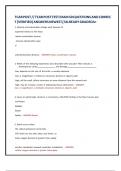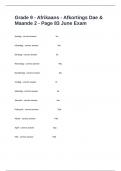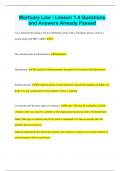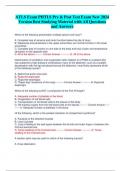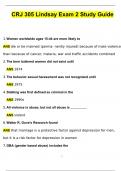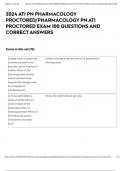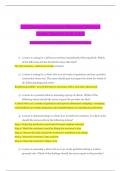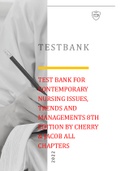Exam (elaborations)
TCAR POST | TCAR POST TEST EXAM 50 QUESTIONS AND CORRECT {VERIFIED} ANSWERS NEWEST UPDATE|ALREADY GRADED A+.
- Course
- Institution
TCAR POST | TCAR POST TEST EXAM 50 QUESTIONS AND CORRECT {VERIFIED} ANSWERS NEWEST UPDATE|ALREADY GRADED A+.TCAR POST | TCAR POST TEST EXAM 50 QUESTIONS AND CORRECT {VERIFIED} ANSWERS NEWEST UPDATE|ALREADY GRADED A+.
[Show more]
